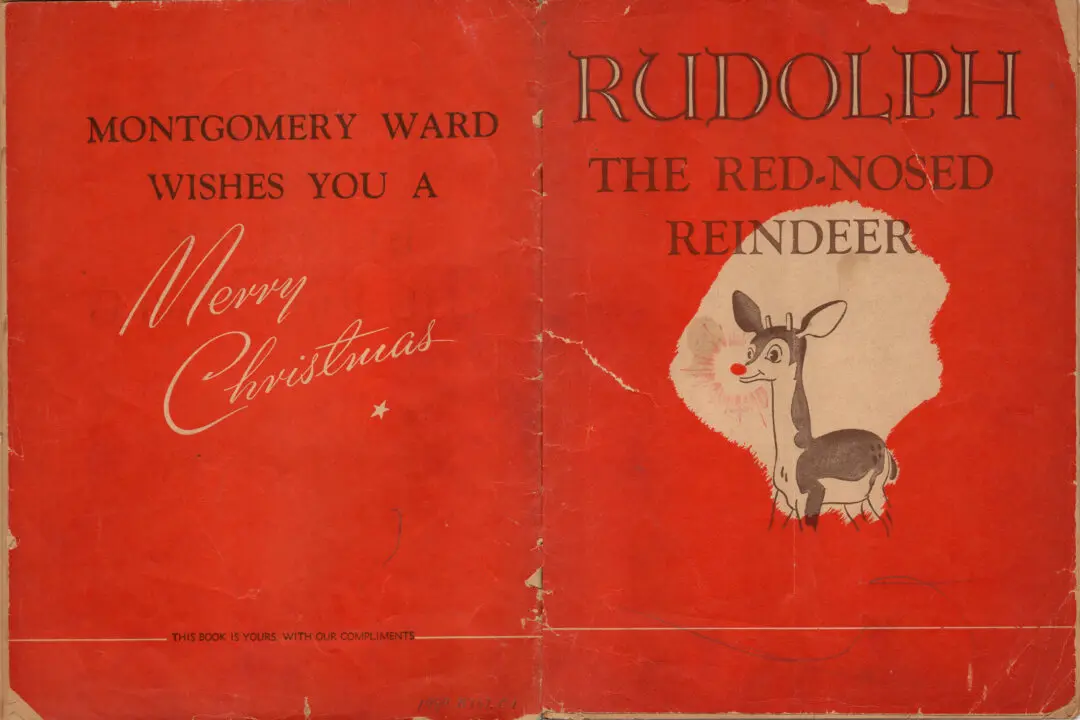Recently, I asked my 4-year-old grandson what he wanted to be when he grows up.
“Spiderman,” he replied without hesitation, and launched into a description of Spiderman’s powers—shooting spider webs from his hands to climb buildings, wrapping the bad guys in webs, “and he’s really strong, Grandpa”—a narrative accompanied by dramatic leaps, flying fists, and fingers popping out imaginary sticky webs.






